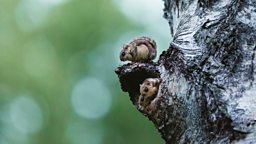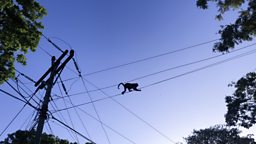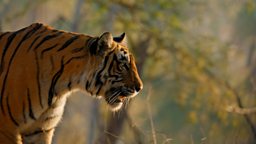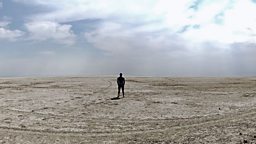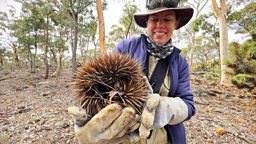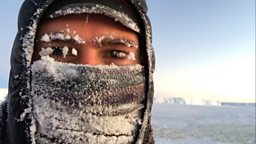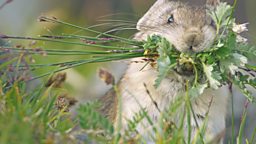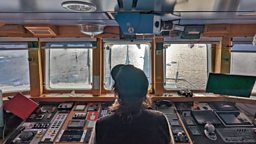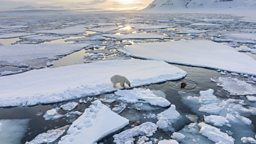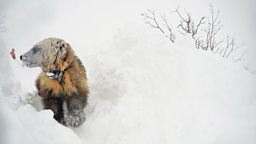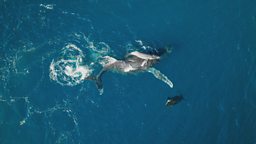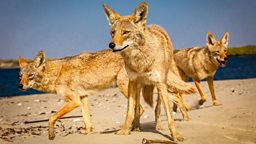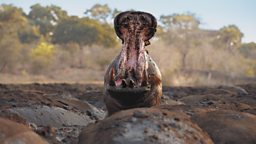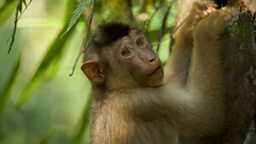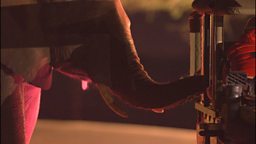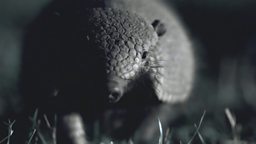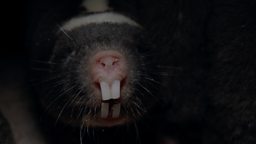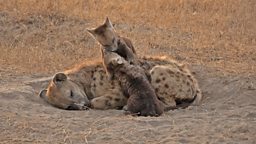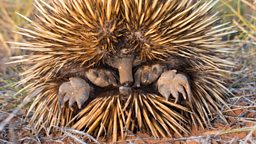Filming in one of the hottest places on Earth
By Mammals Producer, Rob Pilley

The prospect of filming the rarely-seen behaviour of Jackals hunting doves at drying waterholes in one of the hottest places on Earth was always going to be a challenge! The behaviour itself had been rarely filmed and only occurred at the driest, hottest time of year. Also, the jackals’ ability to stalk and catch the doves turned out to be more miss than hit, leading to the shoot going on for over a month on the edge of the blistering salt pan… waiting for that perfect moment!
But what the crew didn’t expect was how brutal the heat was, not so much on them or the animals, but on our kit! We only use the best of the best; state-of-the art stabilised systems which allow the camera to float along smoothly as if flying, plus of course the camera itself is incredibly complicated and expensive, shooting up to a staggering 8k image.
Every time we shot; we knew it could be our last chance
All these systems are tried and tested over and over beforehand, until everything works just right. BUT no one can ever anticipate how they will cope with an air temperature hitting almost 50°C everyday, and 46°C in the shade.
All the black surfaces of the camera housings had to be covered in silver foil to reflect the heat as much as possible, plus the cameras air-cooling system sucks air inside to try and aid the cooling. This is all well and good under normal conditions, but when the air is constantly in the mid 40’s, it’s like blowing a hairdryer inside!
This is made even worse whilst filming as it makes the camera even hotter! We were constantly on the alert, watching the camera’s internal thermometer going up and up, red warning lights flashing. But the show must go on and we couldn’t not turn the camera on as the animal behaviour could happen at any moment. Every time we shot; we knew it could be our last chance - not just to capture the jackal hunting behaviour but for the camera itself! Every time it overheated could lead to a catastrophic failure for its hundreds of components inside- they were literally being fried! And it’s not as if we could easily just go and get a spare, we were in the middle of nowhere, many hours from the nearest civilisation.
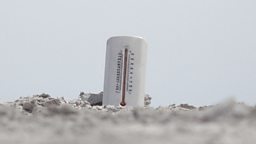
But the temperature outside whilst shooting was just the tip of our iceberg (ahh an iceberg, we could have done with one of those in the desert, bliss!)
This of course would not do, so we had to come up with a cunning plan that would have made MacGyver proud.
Back at camp in the shade of our tents we had the daily need of downloading and backing up all the day's material, then reviewing it. As we shoot so much high-resolution material this takes many hours at the best of times.
But in the desert the heat is relentless, even in the shade of our tents. And there’s nothing like high temperatures to make laptops and hard drives run slooooooooow!
With the tent thermometers reading 46°C in the shade, the normally slow download times started reaching epic proportions! In one session the laptop predicted a download time of 170 days!!!!!
This of course would not do, so we had to come up with a cunning plan that would have made MacGyver proud.
We needed to make those laptops and drives as cold as possible. So, we found the coldest things we could find in our desert campsite… icepacks and a fan! We raised the laptops up and placed the icepacks underneath, then rigged the fan to blow the cooled air underneath as well, doubling the cooling effect. Then all we could do was watch and wait as the fans did their thing, and the estimated download time finally decreased to a far more manageable 6 hours! Phew!!! Only once the final download was saved and backed up could we view the material and see what we had achieved that day, then make a plan for tomorrow and then hit the sack in our toasty hot, dusty tents, knowing we’d be awake again in 5 hours.


